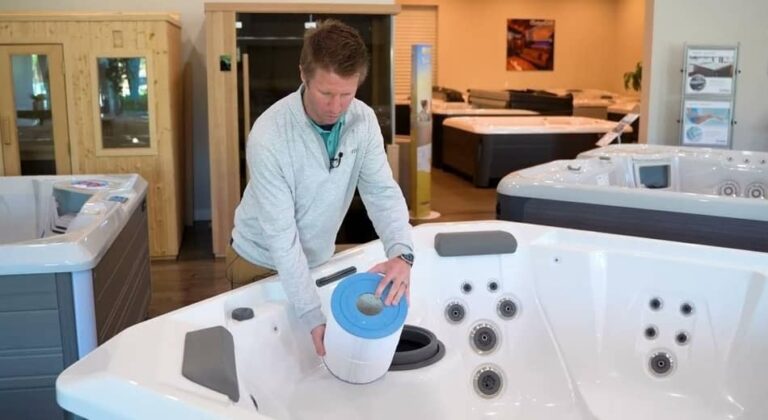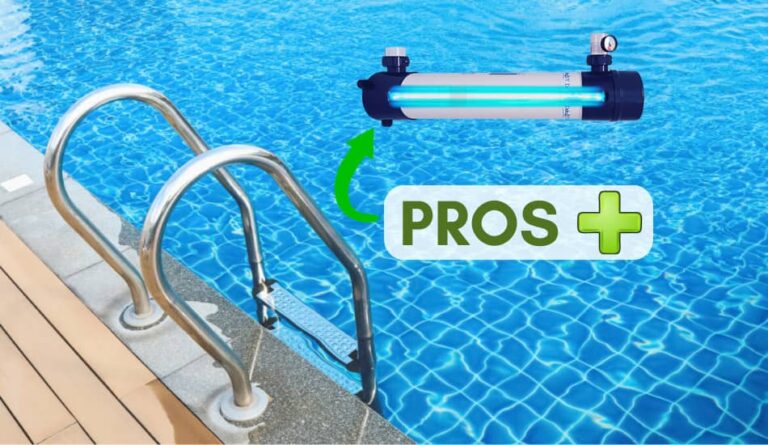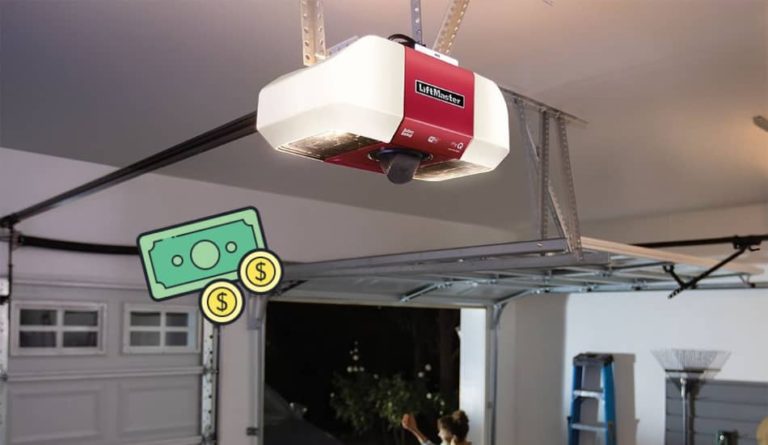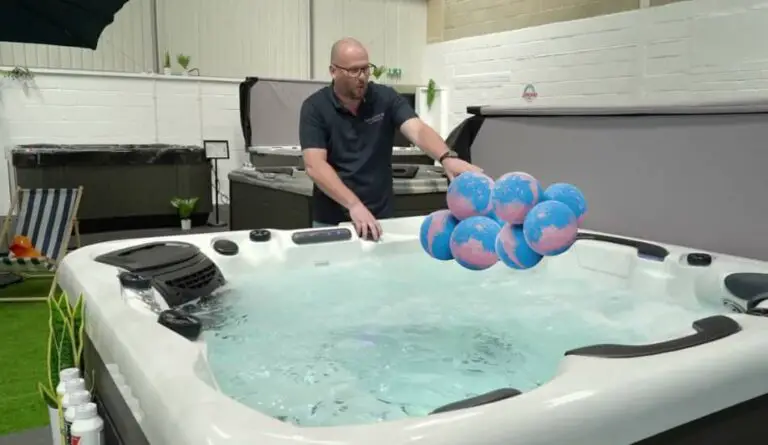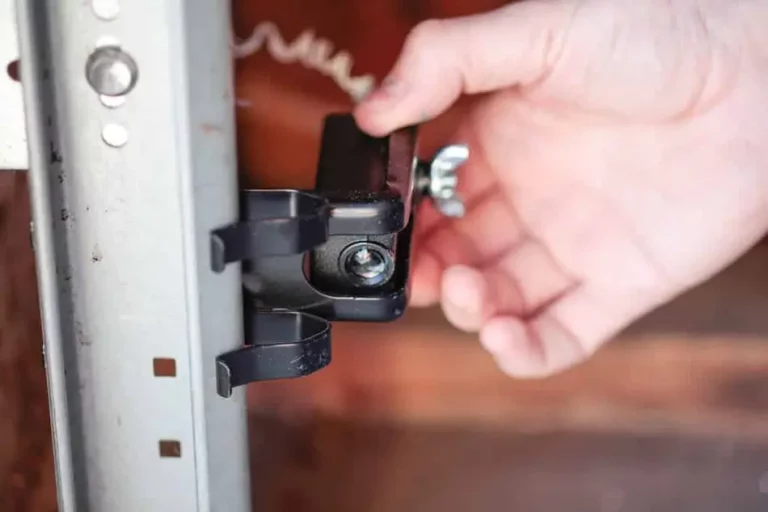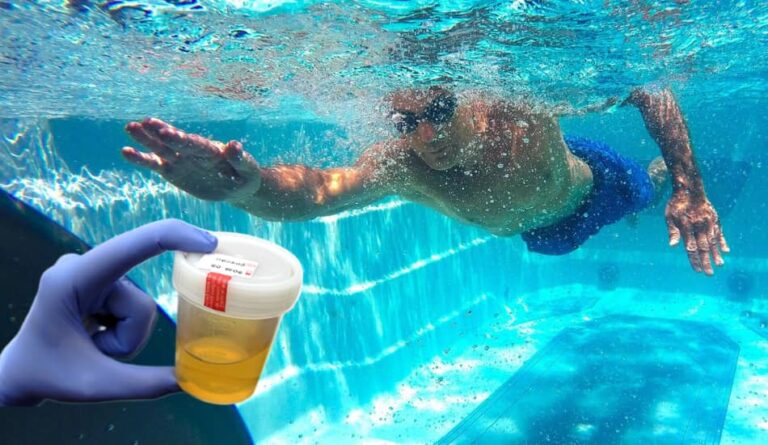How to Clean Garage Door Opener Sensors?
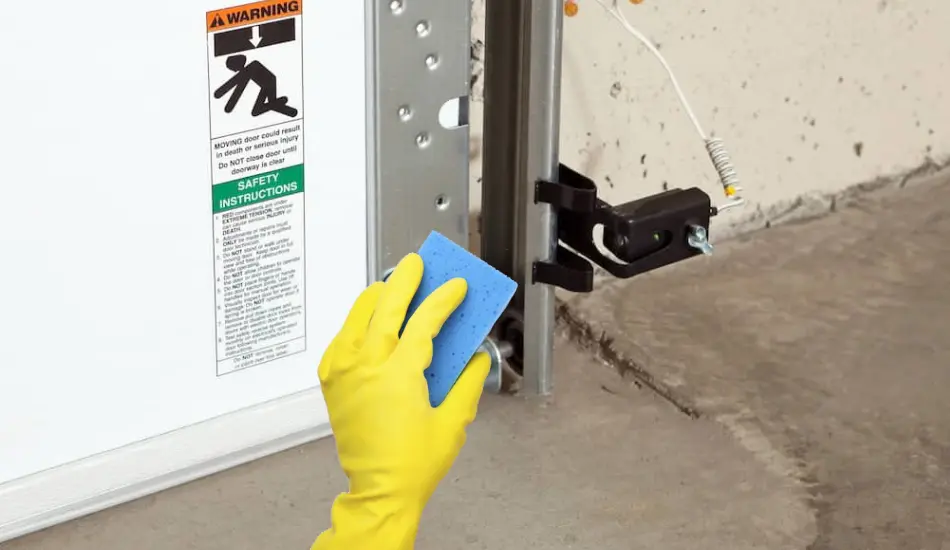
If garage doors won’t open, one of the first things you should check is the sensors. The sensors on the garage door are very sensitive, and if they are slightly moved or have dirt on them, they can cause problems and not work. In many cases, the solution is as simple as cleaning and realigning these sensors.
When it comes to cleaning, there are some things that you need to look for. One of them is to avoid using abrasive cleaning agents or materials like paper towels, which could damage the sensors’ lenses. In this article, we’ll talk about how to clean garage door opener sensors properly. So, let’s start!
How to Clean Garage Door Opener Sensors? To clean garage door opener sensors, gently wipe the lenses with a soft microfiber cloth to remove dust and debris. Also, slightly dampen the cloth with water or use a mild cleaning solution, but avoid harsh chemicals. Ensure the sensors are dry and properly aligned after cleaning for optimal performance.
To properly clean garage door opener sensors, opt for a gentle approach. A soft microfiber cloth, the kind you would use for cleaning spectacles or electronic displays, is ideal for this task. Initially, try wiping the sensors without any cleaning solution. If dirt persists, dampen the cloth slightly with water and carefully clean the lens. This method ensures effective cleaning without risking damage to the sensors.
Related Article: How Long Do Garage Door Opener Sensors Last?
Table of Contents
Step-by-step Instructions For Cleaning Garage Door Sensor
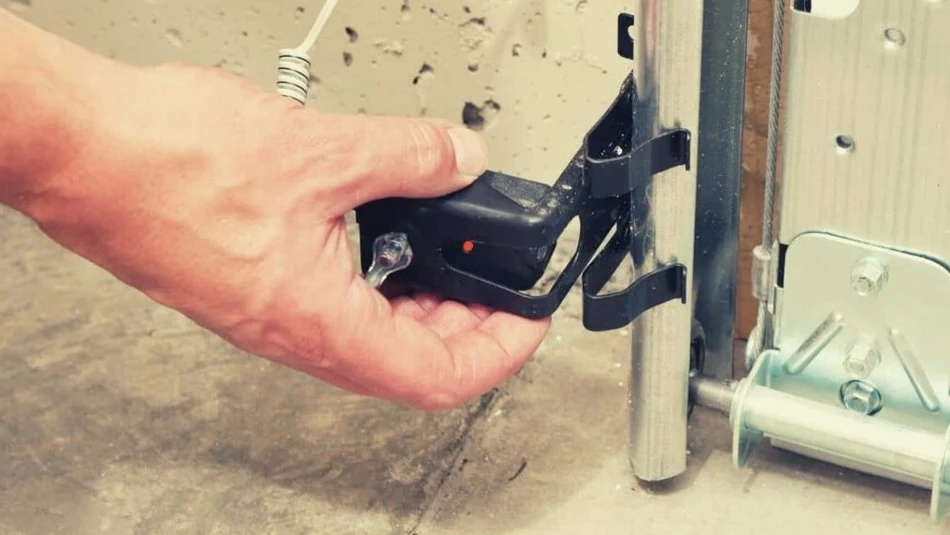
Regular inspection and cleaning of the photo eye sensors in your garage door system are very important for its efficient and safe operation. These sensors, located at the base of the door, are responsible for detecting any obstructions, thus preventing accidents. Dust, dirt, or even spider webs can affect their functionality.
To properly clean garage door opener sensors, follow these steps:
- Turn off the Power: Before starting, ensure the power to the garage door opener is turned off to avoid any accidents.
- Gentle Cleaning: Use a soft, dry cloth to gently wipe the lenses of the photo eyes. For tougher grime, slightly dampen the cloth with water or a mild cleaner, but avoid harsh chemicals that could damage the lenses.
- Check Alignment: After cleaning, ensure the sensors align correctly and face each other. Misaligned sensors can cause the door to malfunction.
- Test the System: Once cleaned and aligned, turn the power back on and test the garage door to ensure it reverses when an object is in its path.
By following these steps and regularly checking the sensors’ alignment, you can avoid common issues like the door refusing to close or unexpectedly reversing. This simple yet important maintenance routine helps keep your garage door system in top working condition.
Related Article: Can Sunlight Affect My Garage Door Sensor? Explained
How Often Should You Clean Garage Door Sensors?
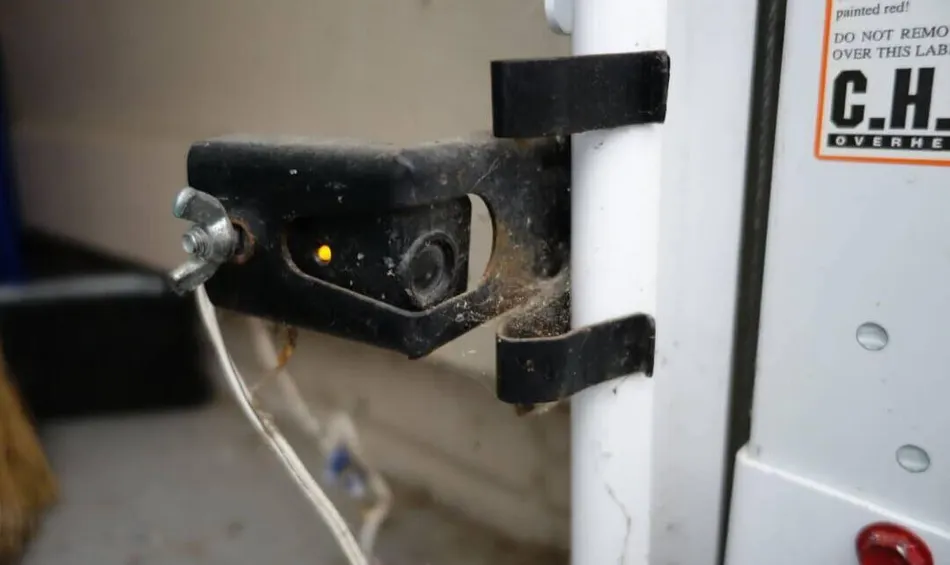
Regularly cleaning garage door sensors is best done every few months to ensure they function properly and prevent malfunctions. However, if you notice issues with your garage door’s operation or live in an area with high dust or pollen levels, monthly cleaning may be necessary. Keeping these sensors free of debris and obstruction is crucial for the safety and efficiency of your garage door system.
Related Article: Garage Door Opener Sensor Wiring Diagram
FAQ: People Also Ask
How do you clean a door sensor?
When it comes to maintaining your door sensors, gentle cleaning is key. Opt for a soft cloth, perhaps one you’d use for delicate surfaces, and a mild cleaner. It’s important to steer clear of any strong chemicals that could potentially harm the sensor’s intricate parts. Additionally, don’t forget about the adjacent areas of the door.
How can you tell if a garage door sensor is bad?
Determining whether a garage door sensor is malfunctioning can be easy. Look out for a flashing green light or if the light isn’t on at all – these are indicators of a problem. To further test the sensors, use a cardboard box taller than 6 inches as an obstacle in the sensor’s path.
Final Thoughts
In conclusion, maintaining clean garage door opener sensors is essential for your garage door’s seamless and safe operation. Regular, gentle cleaning with the right materials can prevent common issues like false triggers or non-responsive doors. It’s important to use soft cloths and mild cleaners to avoid damaging the delicate sensor lenses. Routine checks for alignment and obstructions are just as vital as cleaning. By adhering to these simple maintenance steps, you can ensure the longevity and reliability of your garage door sensors.


